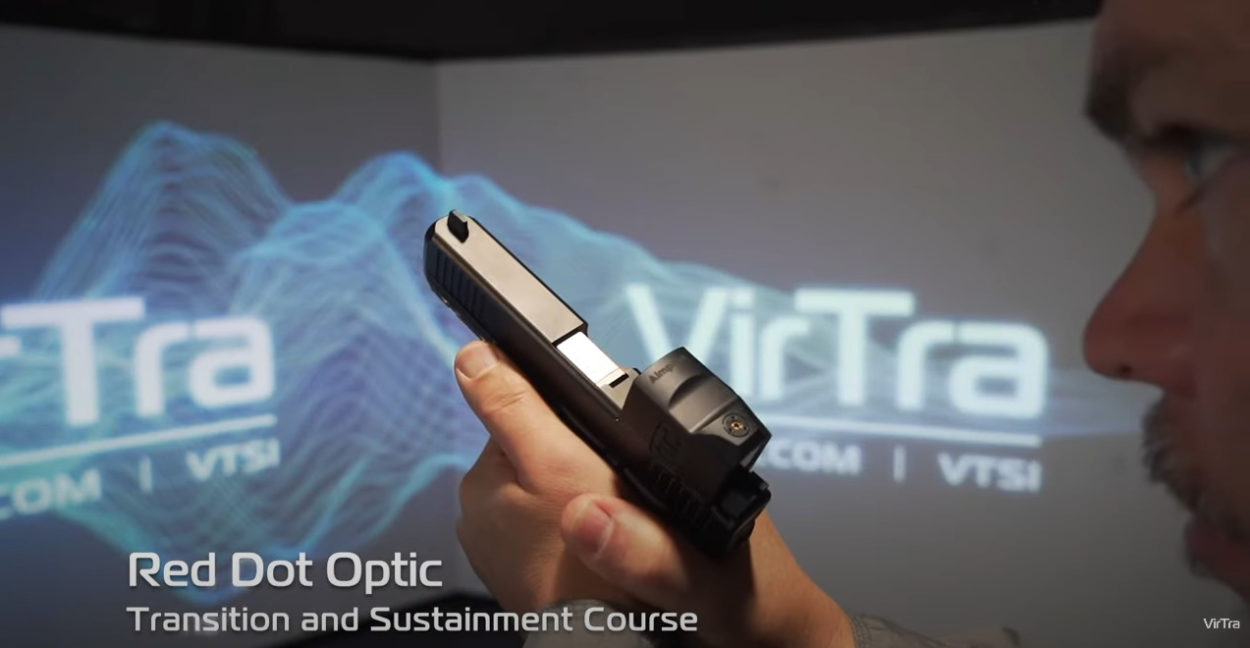
Originally Published in IADLEST Magazine
Think about when you first became a law enforcement officer—whether it was a few years ago or decades. Either way, few officers had Red Dot Optics/Sights (RDS) mounted on their duty sidearms. But as time has gone on, technology has advanced and evolved to bring modern officers a tool that produces increased accuracy in the field. As such, pistol mounted RDS are becoming increasingly popular and departments everywhere are discussing the accessory.
A simple Google search will display dozens of departments nationwide who have made the switch to RDS, and often, their means of purchase. Since RDS isn’t exactly a cheap accessory—accuracy is critical, so understandably quality materials and precision cost more—some departments have to get creative with finding funds, whether it be through a fundraiser, donation or grant. This goes to show the dedication departments have to improving their officer’s abilities in the field.
So why do departments care so much about RDS? Simply stated, RDS allows officers to focus on the threat while overlaying the dot on its intended point of impact. It is easier, quicker and more accurate, making it a valuable tool to decrease liability in officer involved shootings. But as with any new technology, before jumping in, departments must fully understand both the transition from iron sights to RDS, as well as the pros and cons of this accessory.
To begin, the pistol mounted RDS was originated and popularized by Aimpoint®, which offers several models and versions, depending on the specific need. Differences can include MOA dot size, night vision settings, weight, submersible abilities, length and more—providing departments with the best accessories to fit their officer’s jobs. However, with all of these abilities comes a learning curve. The learning curve will be especially steep for veteran officers who have spent their careers relying on iron sights. It becomes a matter of learning to rely and familiarize oneself with a new sighting system. This, in addition to cost of new equipment and training, are the biggest cons to RDS.
That said, the pros to RDS are substantial. Some of the most notable are:
- A pronounced jump in accuracy and passing scores for new recruits
- Ability to aim with both eyes open, increasing situational awareness while reducing cross-dominance eye issues
- Aid in shooter diagnostics, particularly isolation of the trigger
While the RDS is revolutionary, it does not replace the already-established fundamentals all officers know and were trained on. Stance, grip, trigger control and follow-through do not change, so officers simply need training on using the accessory. This reduces the learning curve to just learning the accessory, not having to change or relearn anything previously taught by instructors or the academy.
To aid in easing the learning curve, while also increasing one’s familiarity and expertise with the accessory, VirTra created a 4-hour nationally-certified course on the pistol mounted RDS. Titled “Red Dot Optic Training & Sustainment,” this course was created in collaboration with Victory First® uses the Acro P-2 by Aimpoint®. Instructors receive all materials needed to teach the course, such as pre-tests, surveys, rosters, instructor’s manual and, best of all, 21 training drills that are compatible with VirTra simulators to test the officer’s knowledge and RDS skill.
After all, classroom teaching can only get an officer so far. Extensive range training—whether it be on a physical range or virtual—allows for increased practice and familiarity that easily transitions to the field. VirTra’s virtual range is especially beneficial, as instructors can easily provide range training with the RDS right there in the classroom. Gone are the days of expensive marksmanship training, or that done with iron sights.
Since Pistol mounted RDS is a relatively new technology, your department may not utilize it, or at least not completely. But as your department transitions and modernizes, to ensure your officers are properly trained on this accessory, remember to train with nationally-certified materials. “Red Dot Optic Training & Sustainment” can help your department, no matter the size, unique difficulties or learning curve. Now is the time to embrace new technology, implement it and stay two steps ahead.
Recently Published
Join Our Newsletter







